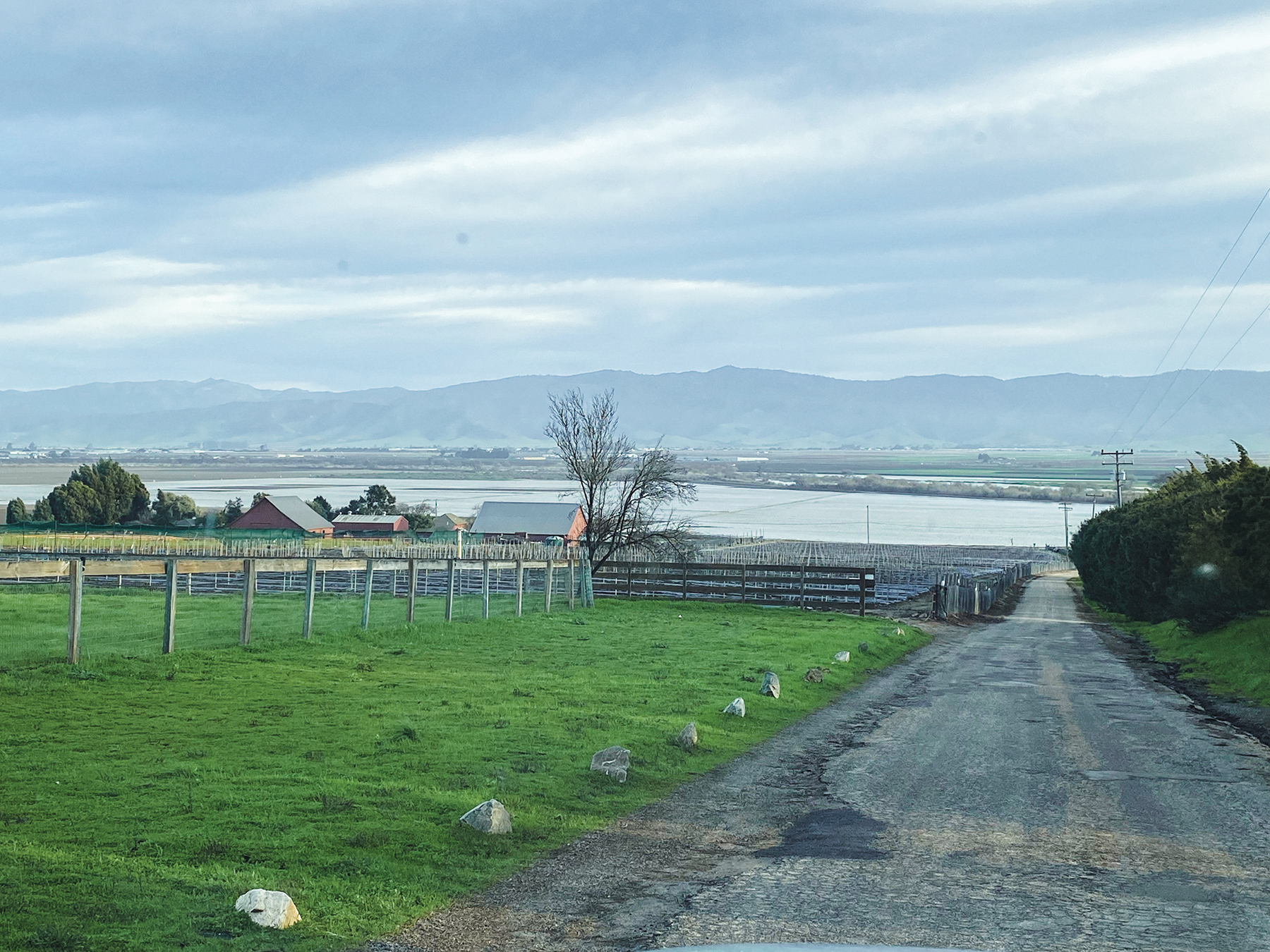Commentary: A cautious smile after our Salad Bowl 'storm watch'


The storm surge in Monterey County flooded 20,000 acres in the agricultural region, causing $40 million in losses. But hopes rise as groundwater basins recharge and reservoir levels recover.

By Norm Groot
After three long years of drought impacts, California has shifted climate gears into a monumental precipitation cycle that has brought deluges to many parts of our state. Here on the Central Coast, many areas have experienced significant rainfall totaling up to nearly a full year’s worth of water. It is such a dramatic change from just a few months ago.
Preliminary estimates put our farmland flooding at 20,000 acres in the Salinas Valley area, with $40 million in losses. We will know more as the water recedes.
As I’ve stated to many in the media who seek stories on storm damages, we are still smiling here even with all the rain coming in significant atmospheric rivers. The water is recharging our groundwater basins and filling our reservoirs. Amazingly, one of our reservoirs has gained over 40 feet of elevation in just the first 10 days of January. (For a San Joaquin Valley overview, see County Corner on Page 49.)
It is indeed a great sight to see our rivers and creeks now flowing at capacity, something we haven’t seen since 2017. Even though a lot of water is flowing out to the ocean, our soils are soaking up moisture readily.
Our farmers in Monterey County rely almost exclusively on groundwater for irrigation. Recharging our basin not only helps the supply side of the equation but aids in building confidence that we can reach our goals for groundwater management under California’s Sustainable Groundwater Management Act.
Meeting requirements under SGMA will continue to impact the types of crops grown during dry years. Proper planning to utilize water resources we have will help us achieve the ‘balance equation’ goals of SGMA, but it won’t be easy or cheap. Project costs are daunting, but are necessary to bring balance to our groundwater basin in the next 18 years.
After all, the goal is to be able to continue to grow more crops with less inputs. That’s the message farmers and ranchers hear on a daily basis. We in agriculture are never seen as doing enough to conserve water, even with local reductions of nearly 20% in irrigation water use in the past 25 years. Efficiency through technology and science helped us achieve this massive reduction in water use when growing 150 different crops each year.
The dyslexic status of having two disaster declarations in effect at the same time—one for drought and one for flooding—brings emphasis to the fact that we are still not storing enough water for all our beneficial uses in California, particularly in areas where drought has hit the hardest. As groundwater levels decline in lean years, the first targets that come in focus are farms—ignoring the fact that it takes water to grow food.
Storing more water, either in surface facilities or underground, must be the overall goal if California is to survive the weather cycles predicted for the future decades. More rain, instead of more snow, tells us that there has to be more storage for all beneficial uses.
We are all learning that water is becoming a valuable commodity in our state. Competition for water use is increasingly favoring environmental purposes, which is not to say it is wasteful. But in a state of diminishing supply, we need to be mindful of where that environmental water is coming from. Taking water from other beneficial uses to one singular use jeopardizes not only our communities’ drinking water supplies but also food production systems that are essential to our national security.
Massive amounts of precipitation are nothing new to California; history tells us of many regional floods that have occurred almost every decade. The media needs to stop putting us all on “storm watch” and focus on the root cause of our water resource deficiencies: the inability to store water for our needs from storms like we’ve just had for the inevitable dry years.
We’ve known for decades that more water storage is needed to sustain not only our growing population but also our farming and ranching sectors. It’s past time to turn dirt on new water storage projects.
California’s farmers and ranchers provide food for everyone’s dinner table each and every day, so securing our domestic food supply should be our top priority as a nation. Making it harder to grow food, particularly when there are increasing restrictions on water use for crop production, jeopardizes our very-efficient food production supply chain.
We are so grateful to have abundant precipitation this winter, despite all the problems that come with this significant rainfall. Californians should be rejoicing that our water resources are being recharged, and our state should be planning for the future by making infrastructure investments to secure those resources for lean years that we all know will return.
(Norm Groot is executive director of the Monterey County Farm Bureau. He may be reached at norm@montereycfb.com.)




